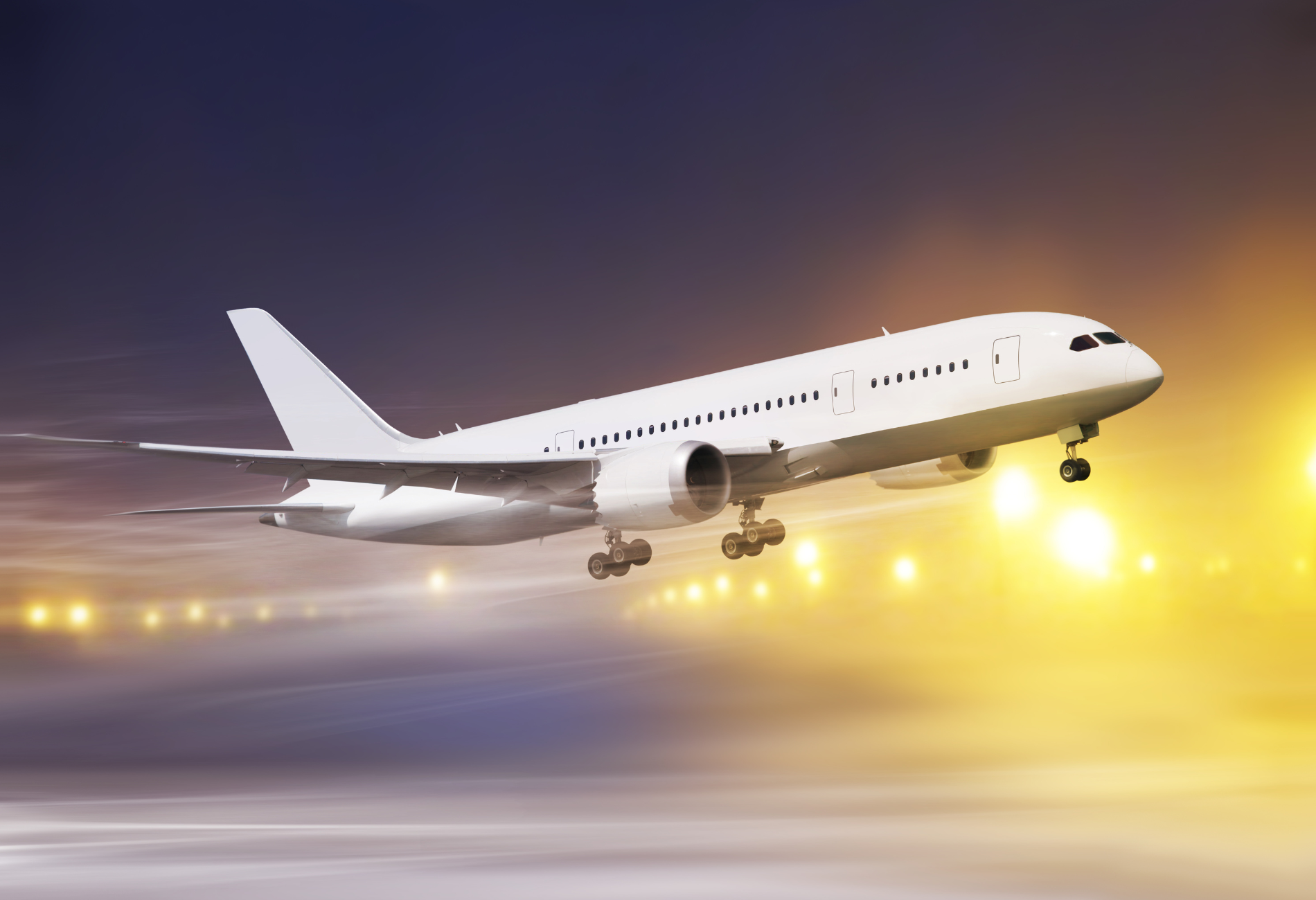With summer 2023 on the horizon, I’m nervously wondering if it will be reminiscent of the summer ‘22 chaos that ensued. Luckily, travel company, Hopper, recently forecasted what the next few months will look like in terms of summer travel. Here’s what they found:
Airfare compared to 2022
- Domestic airfare will peak in June at about $328 for a roundtrip flight. This is 10% lower than the record peak of $400 in June of ‘22. Prices should fall each month after that.
- Airfare for Europe has jumped the most compared to 2022, with a 35% increase.
- Domestic airfare is down 15% since last year and airfare to South America is down 2%.
Airfare compared to 2019
- Average airfare costs are only 1.4% higher than pre-pandemic levels in April 2019.
- Airfare to Asia has jumped the most since 2019–a whopping 61% increase. No other region even came close to having as big of a price surge.
Hotels & Car Rentals
- US hotel prices are up 29% since April 2022. Even with the price surge, people booking rooms are still keen on premium amenities like pool access and pet-friendly rooms.
- Good news for those of you renting cars: Average rental rates are down 21% since last year.
Trending Destinations
- Domestically, people are taking to the great outdoors. The top trending domestic destination is Santa Rosa, known for its wineries. It’s followed by Knoxville, Tennessee; Bangor, Maine; Traverse City, Michigan; and lastly Myrtle Beach, each of which offers up easy access to beaches, lakes, and surrounding mountains.
- On an international scale, Asia is all the rage. Asia took three of the top five spots with Shanghai, China in 1st place, Taipei, Taiwan in 2nd, and Chiang Mai, Thailand in 3rd.
What is driving up prices?
Though summer airfare is showing signs of averaging out to pre-pandemic levels, you can still expect higher prices. Jet fuel prices are the highest they’ve been since late 2014 and travel demand is also higher than ever. It’s even resulted in some airlines quite literally flying higher in the sky to avoid congestion in the skies.
Additionally, strikes throughout Europe and an air traffic controller shortage are leading to more cancellations and delays as well as short-staffed airlines and airports. Airlines are even proactively cutting routes, meaning there are fewer flights available to meet the high travel demand, which only further drives up the costs.









 by your friends at The Daily Navigator
by your friends at The Daily Navigator



